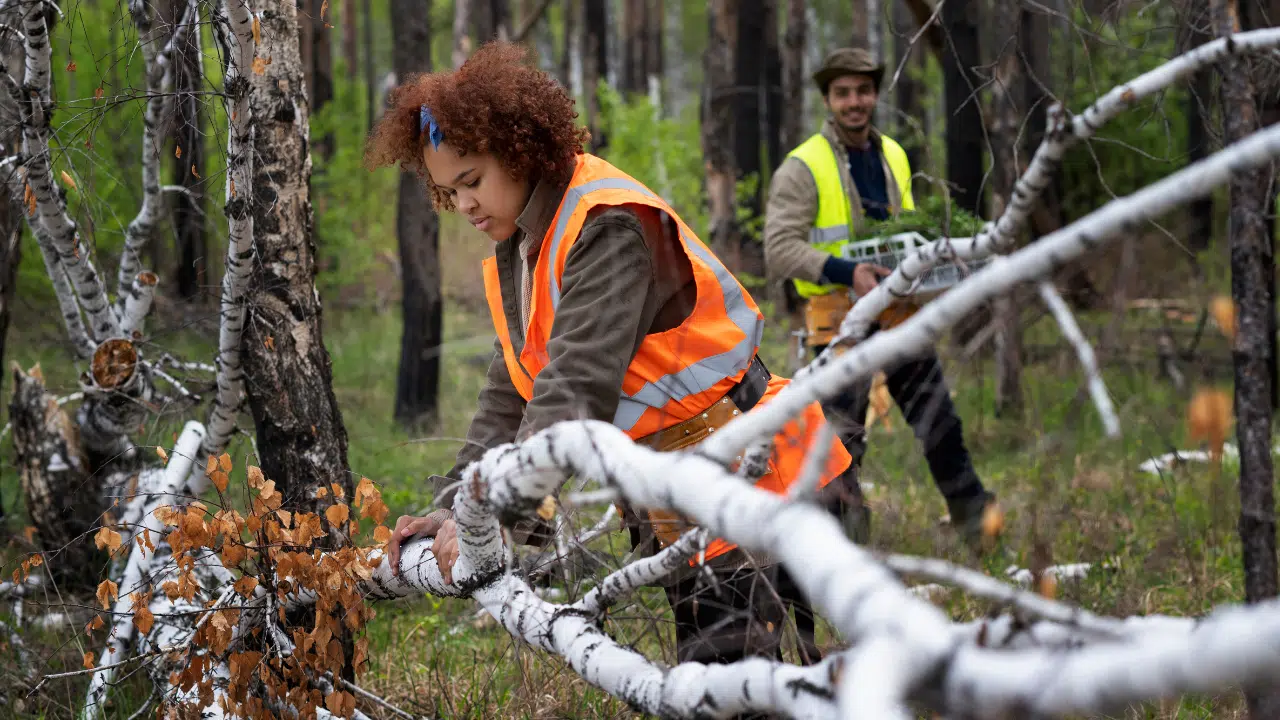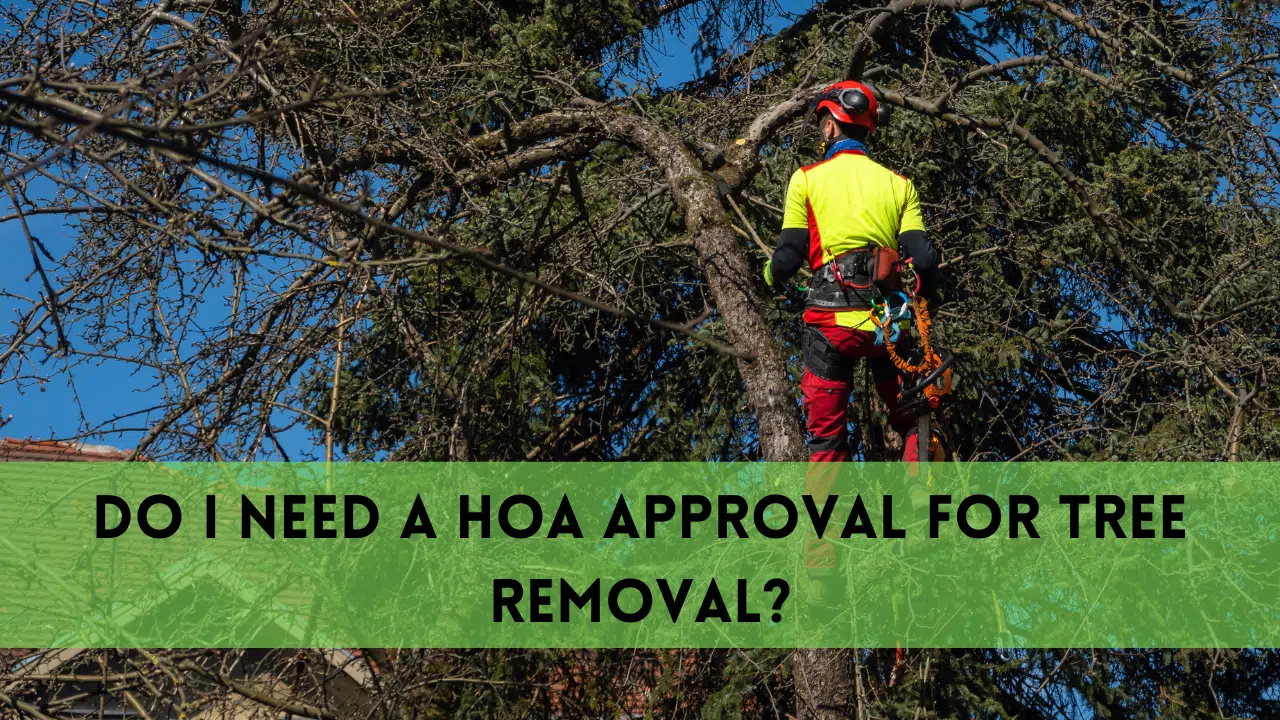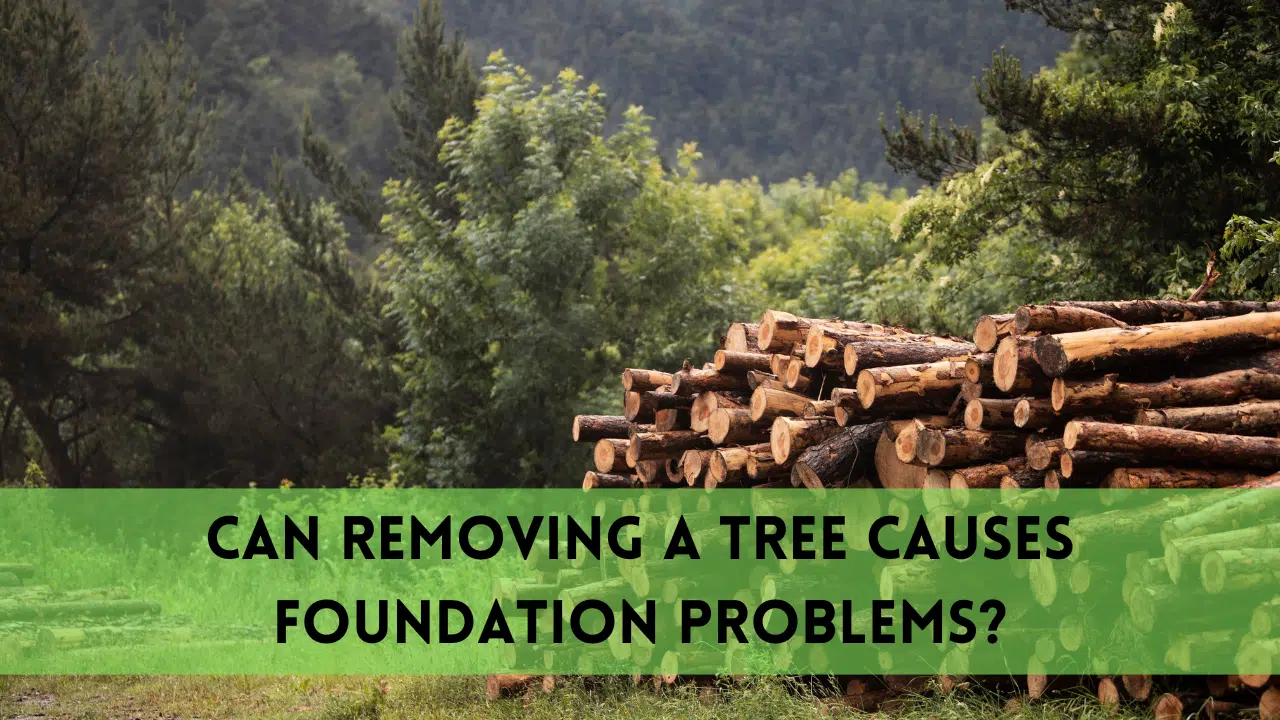When it comes time to maintain your property and landscape, one of the most common questions is Can removing a large tree lead to foundation problems? A beautiful addition to any yard that provides shade, aesthetic appeal and even environmental benefits, trees are an excellent choice.
Their removal can have unexpected consequences. This is especially true when it comes the stability of your foundation. This article will explore the science of tree removal, potential risks and ways to mitigate them.
Understanding the Relationship Between Trees and Foundations
The relationship between trees and foundations is complex. One hand, trees stabilize the soil and can prevent erosion. Their roots can also grow deeply and widely, which could interfere with the structural integrity your home.
The balance that a tree once held in the soil may be disturbed when it is removed. This can lead to foundation shifts.
The roots of trees play an important role in maintaining the soil moisture level. They help to keep soil stable and compact as they absorb water. The roots of a removed tree eventually decay and leave voids in soil.
These voids may cause soil to settle unevenly and lead to foundation movements. This is particularly true in areas where the soil is clay, which is sensitive to changes in moisture.
How Tree Removal Can Impact Soil Stability
The soil stability will determine whether or not removing a large tree could cause foundation issues. The roots of a tree act as a natural anchor to hold the soil together. This anchoring effect disappears once the tree has been removed. The soil can shift over time, especially if there was a large tree with a deep root system.
In some cases the removal of trees can cause soil expansion. The soil absorbs water more readily when it is no longer being deprived by the roots of the tree. In drier weather, soil can shrink due to a loss of moisture. Both situations can put pressure on the foundation and cause cracks or foundation problems.
Signs that Tree Removal Has Affected Your Foundation
It’s vital to check your foundation for signs of damage if you have recently removed a large tree. Cracks in walls and floors, windows and doors, and uneven flooring are all common signs. These symptoms might not be visible immediately, but they can appear over time as soil adjusts without the tree.
The impact of removing a tree on your home’s foundation will vary depending on several factors, including the size of your tree, soil type, and its proximity to your house. A large oak tree that is planted close to your home will cause more foundation issues than a smaller ornamental tree.
Preventing Foundation Problems After Tree Removal
You can minimize the risk if you are concerned that removing the tree could cause foundation issues. You can remove the tree gradually rather than chopping it down at once. The soil will adjust to the changes more gradually, which reduces the chances of abrupt shifts.
A smaller tree that is less invasive can be used to replace it. You can still enjoy the benefits that trees bring to your yard while maintaining some soil stability. You may also want to consult a professional foundation specialist or arborist to determine the impact that tree removal could have on your property.
It may be necessary in some cases to take proactive steps to stabilize the soil following the removal of a tree. Installing root barriers or adding fill to compensate for soil movement are some of the options.
The Role of Professional Assessment
A professional assessment can be invaluable when it comes to foundation stability and tree removal. A professional arborist will evaluate the size and health of the tree as well as the proximity to your house to determine if removal could cause issues.
A foundation expert can also inspect your property to identify any foundation problems and recommend preventive steps.
The long-term effects of removing trees should also be considered. It may be a quick fix for a problem like overhanging branches, or invasive roots. But it can create more problems down the road. Working with professionals will help you make informed decisions to protect your home as well as your landscape.
Balancing Aesthetics and Structural Integrity
The decision to remove a particular tree must balance structural integrity with aesthetics. Trees can enhance your property’s beauty, but they also present a risk to your foundation when not managed properly.
You can have the best of both the worlds by understanding the possible consequences of tree removal, and taking the appropriate precautions.
Consult an expert if you are unsure if removing a particular tree is right for your property. An arborist or foundation expert can offer advice tailored to your situation and help you make informed decisions.
FAQs
Can roots from trees damage my foundation?
Tree roots can cause cracks to grow in your foundation. This could lead to structural damage.
How many trees should I plant from my home?
According to their size and the root system, you should plant trees at least 10-20 feet from your house.
What type of trees are the safest to use as foundations?
The best trees to plant near foundations are those with non-invasive roots, like dogwoods and Japanese maples.
Is it possible to replant an existing tree?
It’s possible, but you should choose a plant with a less aggressive rhizome and place it at a distance away from your house.
How soon does soil stabilize after tree removal?
It can take a few months or even a couple of years for soil to stabilize, depending on the type of soil and climate.
Conclusion
Can removing a large tree lead to foundation problems? Yes, but this is not a given. The impact of removing a tree on your foundation will depend on many factors. These include the size and position of the tree, type of soil and steps taken to reduce potential risks.
Understanding the relationship between foundations and trees, monitoring your property to look for damage and seeking professional help when necessary, will allow you to protect your home and maintain a beautiful landscape.
Trees are not just ornamental elements. They play an important role in your property’s ecosystem. Planning and expert advice can help you find the right balance between nature and structure, whether you are removing or planting trees.




